
Fortunately, I had already been introduced to Middle Eastern dance and had dabbled in various local classes. I also took any class offered on the subject at Pennsic or other SCA events. After my doctor "banned" me from Irish dance, I started multiple classes a week in this very different art . After years of work, I started performing at mundane dance events (mundane, for those who do not know, is the term used by members of the SCA to describe anything not SCA) and eventually began teaching at SCA events.
I love the dance, and love to share what I know about it. I am, however, no dance historian. My focus in research is more centered on textiles and garments than the dance itself, though I have read what materials I have been able to find on the subject. In a nutshell, we know that dance was period for those in the Middle East, but we have little to go by that gives a real understanding on exactly what that dance entailed.
Master Asim al-Talib, a friend of mine, has some great information on his blog here: http://asim.livejournal.com/64660.html?delayedid=
I believe he actually has documents stored online as well and I will post that link also when I can track it down again.
Despite of the lack of actual information, there is still an intense interest from so many people in the SCA, and so the dance persists. There is nothing wrong with this at all. I love how the dance works within the Society, in most cases. Here it really exists as a social dance. Yes, performance opportunities exist, but they are not overly common (at least in my area) and dance at events has become something that is open to all - regardless of skill level, what garb one is wearing, age, weight, gender or anything else. Many people put a great deal of time and effort into making dance haflas and Middle Eastern events that are very inclusive.
Fortunately, most teachers I have come across in the SCA also do a good job of letting people know that it is for everyone. If you want to dance around the fire at war, or dance at a hafla, you should. There is no reason at all not too dance if you feel the urge. It is, at its heart, a social experience and should be inclusive of everyone who wants to play. In this respect, I think that haflas at SCA events are much closer to the spirit of what a halfa should be (as opposed to the haflas you often find in the mundane dance communities, which are most commonly staged shows).
This summer I altered the format of my SCA-based dance classes to try to really let people know that dancing at an event is not meant to be a show, and that any one can do it if they so choose. Yes, it is often hard for a new dancer to get out on the floor, but I think if they are told early on that it is OK, even of they only know three moves and can't remember two of them. With the right education, and delivery of the message that it is a social experience and not a show, they might just be a bit more likely to take that step. Additionally, I let them know, that if they get up the courage to get out there, it is likely to inspire others to dance as well!
This is the good part of bellydance in the SCA. There is also, unfortunately, a down side and many other things I feel that new dancers in the SCA should be told.
Those who dabble in dance at Pennsic or other events are very likely to go out in the mundane world looking for more. This is a good thing (even a necessary thing if one really wants to improve as a dancer). Many people want to go beyond dancing socially, or at least want to know how to better interpret music and be able to better improv as they dance around the fire. To take these next steps, to progress and grow in the dance, you quire simply have to learn more than the SCA environment alone can offer. Given the popularity of this dance form right now, most people are able to leave Pennsic, go home, and find a class.
Sometimes, though, a dancer leaves Pennsic, goes home and searches for a dance class and can't find one. What do they do? They start their own. Yes, it happens. Sometimes there even is a local class, but they feel it is not to their tastes, or its not enough like what they learned at War, and so they still choose to start their own class.
New dancers don't often understand that it takes years and years (and years) of very hard work to get to a level where one should even consider teaching. One needs real classes and contact with real teachers and one needs loads of very real feedback. One also needs what one of my teachers calls "realistic self-assessment". One needs to know when it is time to move forward and when it is time to just keep working on improving at the stage one is currently in. One really needs to know that there is more out there than what you can learn in a two week long SCA event.
Yes, dancers outside of the SCA are certainly guilty of this as well, but shows up often enough within the SCA dance culture that I feel the need to mention it.
Maybe some of this happens because, the SCA has seems to have spawned it's own form of bellydance -- another friend of mind refers dancers who have only had SCA experience as "Pennsic Dancers". You can tell who has never (or rarely) studied outside of SCA events as there is a definitely "style" that shows up in those who have been around for awhile. It is not bad, in fact it is lovely and serves the purpose of dancing at events very well. But it is also very limited, especially when it comes to real-world dancing, performing and teaching.
Simply put? Being told at a hafla or around the fire that you are an amazing dancer is not a complete assessment of your skills. And please, please consider finding quality teachers and taking classes on a regular basis (and practicing hard) before putting yourself out as a professional dancer or teacher. I've seen this enough that I mention it in the new handout I use for my SCA-based dance classes.
The summary? Everyone should dance if they so choose, but know that if you plan to dance in more than a social context, you really need to study and work hard to acquire, and hone, the skills necessary for those endeavours.
Beyond the above personal pet peeve, there is often much other confusion that occurs when the mundane and SCA dance cultures collide. SCA Haflas are very different from those often hosted by mundane dance teachers. Additionally, many mundane dance costumes (especially glittery bedlah) are very inappropriate for SCA events. Because people usually do not go to a dance class to hear a long discussion, I point a few of these things out in the handout I distribute in my SCA dance classes. The document is linked below if you would like to see it!
| dancenotes.pdf |




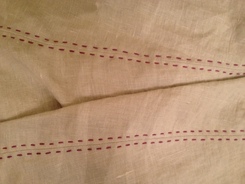
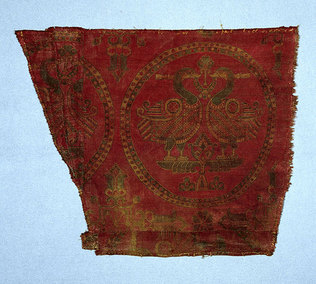

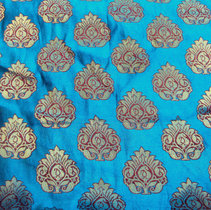
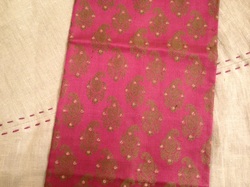





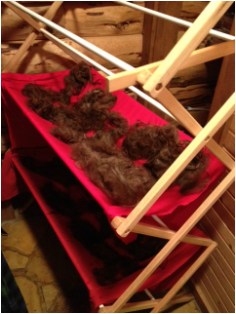

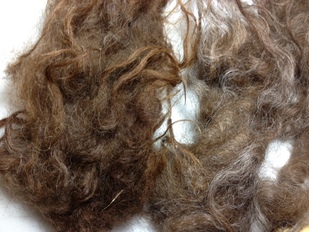





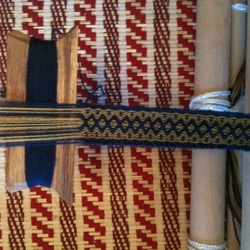






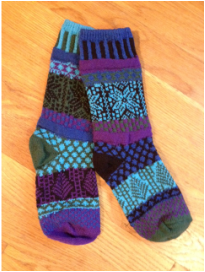
 RSS Feed
RSS Feed